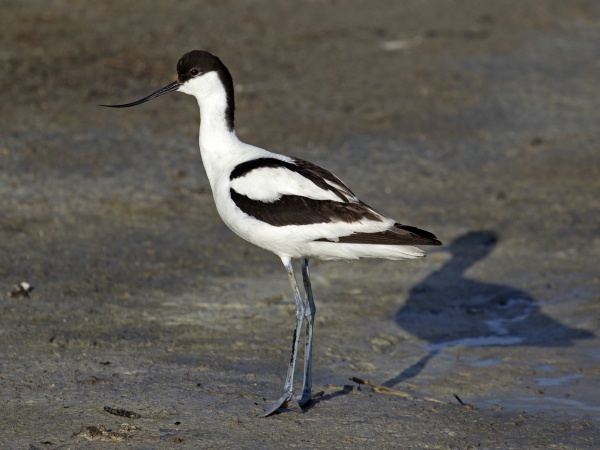Facts About Pied avocet
The pied avocet is a captivating black and white wading bird belonging to the avocet and stilt family, Recurvirostridae. These birds breed in temperate regions of Europe, extending across the Palearctic to Central Asia and the Russian Far East. During winter, most migrate to Africa or southern Asia, though some remain in milder locales like southern Spain and England. They are safeguarded under the Agreement on the Conservation of African-Eurasian Migratory Waterbirds.
Carl Linnaeus first described this species in 1758, assigning it the scientific name Recurvirostra avosetta. The name likely derives from the Venetian word "avosetta" which might be inspired by the black and white robes worn by European advocates. The pied avocet is also commonly referred to as the black-capped avocet, Eurasian avocet, or simply avocet. Among the four species in the genus Recurvirostra, a 2004 study identified the pied avocet as the most distinct.
Visually, the pied avocet features striking white plumage with prominent black markings, including a black cap and patches on its wings and back. Its long, upturned bill and bluish legs make it easily identifiable. These birds range from about 16.5 to 17.75 inches in length. Males and females appear quite similar, while juveniles show more gray and sepia tones. Their call is a melodious "kluit kluit" that carries over long distances.
Feeding primarily in shallow brackish waters or mudflats, pied avocets utilize a unique scything motion with their bills to capture crustaceans and insects. They breed in shallow lakes with brackish water and exposed mud, typically laying three to five eggs in a lined scrape or on mounds of vegetation.
In Britain, the pied avocet was eradicated as a breeding species by 1840 but made a remarkable comeback in 1947 by recolonizing at Minsmere in Suffolk. This successful return led to the bird being adopted as the logo of the Royal Society for the Protection of Birds. Since then, the species has expanded its range inland, northward, and westward, even breeding in Wales and Scotland by 2018 at Skinflats.

 Ireland
Ireland